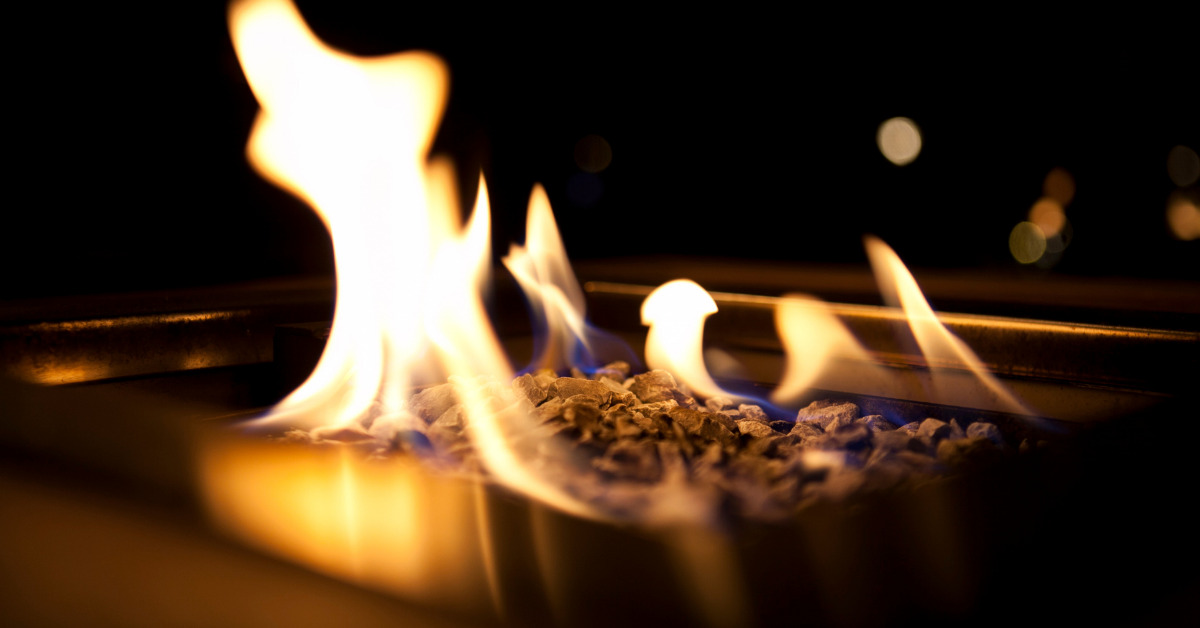

Articles
How To Light A Pilot On Gas Fireplace
Modified: December 7, 2023
Learn the step-by-step process of lighting a pilot on a gas fireplace with our informative articles. Expert tips and detailed instructions for a hassle-free experience.
(Many of the links in this article redirect to a specific reviewed product. Your purchase of these products through affiliate links helps to generate commission for Storables.com, at no extra cost. Learn more)
Introduction
Welcome to our guide on how to light a pilot on a gas fireplace. Gas fireplaces are a popular choice for many homeowners, offering both warmth and ambiance. However, sometimes the pilot light may go out, leaving you in need of a quick and easy solution to relight it. In this article, we will provide you with step-by-step instructions on how to safely and effectively light the pilot light on your gas fireplace.
Before we delve into the process, it’s important to note that safety should always be your top priority when dealing with any gas-related appliances. If you suspect a gas leak or have any doubts about your ability to safely relight the pilot, it is best to contact a professional technician to assist you.
Now, let’s get started!
Key Takeaways:
- Safely relight your gas fireplace pilot by following step-by-step instructions and essential safety precautions. Enjoy warmth and ambiance with confidence after successful ignition.
- Prioritize safety and proper preparation when lighting your gas fireplace pilot. Follow precise steps and seek professional help if uncertain, ensuring a cozy and secure home environment.
Read more: How To Clean A Pilot Light On Gas Fireplace
Safety Precautions
When dealing with gas appliances, it is crucial to follow a set of safety precautions to prevent any accidents or injuries. Here are some important safety measures to keep in mind when lighting a pilot on a gas fireplace:
-
Always ensure proper ventilation in the room where the gas fireplace is located. Adequate airflow will help prevent the buildup of carbon monoxide.
-
Before attempting to relight the pilot, thoroughly inspect the area around the fireplace for any signs of gas leaks, such as a strong smell of gas or hissing sounds. If you detect a gas leak, immediately turn off the gas supply and contact a professional technician.
-
Keep flammable materials, such as paper, fabric, or furniture, far away from the fireplace to reduce the risk of fire hazards.
-
Make sure to read the manufacturer’s instructions and follow them carefully. Each gas fireplace may have specific lighting procedures and safety recommendations.
-
Always use a long fireplace lighter or extended nozzle lighter to ignite the pilot. Avoid using matches or lighters with short lengths, as they can pose a safety risk.
-
Do not touch any components of the fireplace, especially near the pilot, with bare hands. The metal components can become hot and cause burns.
-
If you have any doubts or concerns about the process, it is best to consult a professional technician to light the pilot for you.
Following these safety precautions will help ensure a safe and successful experience when lighting the pilot on your gas fireplace. Now, let’s move on to the step-by-step instructions.
Step 1: Locating the Gas Valve and Pilot
The first step in lighting the pilot on your gas fireplace is to locate the gas valve and pilot assembly. The exact location may vary depending on the model of your fireplace, so it’s important to refer to the manufacturer’s instructions for specific guidance. However, here are some general tips to help you find the gas valve and pilot:
-
Start by carefully examining the fireplace for any access panels or doors. These panels may be located on the front, sides, or underneath the fireplace.
-
If you have trouble locating the panels, consult the owner’s manual or contact the manufacturer for assistance.
-
Once you have found the access panel, open it by following the instructions provided. This will allow you to access the inner components of the fireplace.
-
Look for a small knob or switch that controls the gas supply. This is typically the gas valve. It may be labeled as “on/off” or have specific markings indicating its function.
-
Next, locate the pilot assembly. This is usually positioned near the burner and may be a small tube or pipe with a metal tip.
-
Take a moment to familiarize yourself with the components and their respective locations. This will make it easier to proceed with the next steps.
Once you have successfully located the gas valve and pilot assembly, you are ready to proceed to the next step: turning off the gas supply. We will cover this in detail in the following step.
Step 2: Turning Off the Gas Supply
Before proceeding with lighting the pilot on your gas fireplace, it is essential to ensure that the gas supply is turned off. This step is crucial for safety reasons and will prevent any potential gas leaks or accidents. Here’s how to turn off the gas supply:
-
Locate the gas valve near the pilot assembly. It is typically a small knob or switch.
-
Gently turn the knob or switch to the “Off” position. This will shut off the gas supply to the fireplace.
-
You may hear a faint click or feel a slight resistance when turning off the valve, indicating that the gas supply has been successfully shut off.
-
Double-check to ensure that the gas supply is indeed turned off by inspecting the pilot flame. If the flame is no longer present, it is a good indication that the gas supply has been successfully shut off.
-
It’s best to wait for a few minutes to allow any residual gas to dissipate before proceeding with the next steps.
By turning off the gas supply, you are taking an important precautionary step to ensure safety during the pilot lighting process. Now that the gas supply is shut off, you can move on to the next step: preparing to light the pilot.
Step 3: Preparing to Light the Pilot
With the gas supply turned off, you are now ready to prepare for lighting the pilot on your gas fireplace. This step involves a few essential tasks to ensure a smooth and successful ignition process. Follow these steps:
-
Make sure the area around the fireplace is clear of any flammable objects, such as furniture, curtains, or papers. Create a safe and clutter-free zone to minimize the risk of fire hazards.
-
Grab a long fireplace lighter or an extended nozzle lighter. These types of lighters will allow you to easily reach the pilot assembly without putting your hand too close to the flame.
-
Position yourself in front of the fireplace, ensuring that you can access the gas valve, pilot assembly, and pilot button comfortably.
-
If your gas fireplace has a glass panel in front, ensure that it is in the open position to provide proper ventilation during the ignition process.
-
If necessary, put on heat-resistant gloves to protect your hands from any hot components during the lighting process.
Once you have completed these preparations, you are ready to move on to the next step: actually lighting the pilot. We will guide you through the process in the following step.
Before lighting the pilot on a gas fireplace, make sure to turn the gas control knob to the “pilot” position and hold it down while igniting the pilot light. Keep holding the knob down for 30 seconds to ensure the pilot stays lit.
Read more: How To Turn On Pilot Light Gas Fireplace
Step 4: Lighting the Pilot
Now that you have prepared for the pilot lighting process, it’s time to ignite the pilot flame on your gas fireplace. This step requires careful attention and following the correct procedure. Here’s how to light the pilot:
-
Locate the pilot assembly, which is a small tube or pipe near the burner.
-
Take your long fireplace lighter or extended nozzle lighter and ignite the flame.
-
Hold the flame of the lighter close to the pilot assembly while simultaneously pressing down on the pilot button.
-
Continue holding down the pilot button for about 30 seconds to allow the gas to flow to the pilot light.
-
As you keep holding down the pilot button, you should see the pilot flame ignite. It may take a few moments for the flame to fully establish.
-
Once the pilot flame is lit, carefully release the pilot button. The flame should stay lit on its own.
It is important to note that if the pilot flame does not ignite within the first few tries, stop and wait for a few minutes before attempting to relight it again. This will allow any accumulated gas to dissipate, reducing the risk of a sudden ignition.
Congratulations! You have successfully lit the pilot flame on your gas fireplace. However, there are a few more steps to ensure that the flame remains steady and the gas fireplace functions properly. We will cover these steps in the following sections.
Step 5: Holding Down the Pilot Button
After successfully lighting the pilot flame on your gas fireplace, you will need to continue holding down the pilot button for a short period. This step helps ensure that the pilot flame remains ignited and allows the gas to flow properly. Follow these instructions:
-
Locate the pilot button near the gas valve or on the pilot assembly.
-
Gently press and hold down the pilot button.
-
Continue holding down the pilot button for about 30 seconds to one minute.
-
During this time, you may hear a faint hissing sound as the gas flows to the pilot flame.
-
Be sure to keep an eye on the pilot flame to ensure that it remains steady and does not fluctuate or go out.
Holding down the pilot button allows the thermocouple, a safety device that detects the presence of a pilot flame, to heat up and signal the gas valve to keep supplying gas to the flame. It is essential to maintain this step to ensure a continuous and stable pilot flame.
Once you have held down the pilot button for the recommended timeframe, you can proceed to the next step: adjusting the flame intensity. We will discuss this step in detail in the following section.
Step 6: Adjusting the Flame
After holding down the pilot button and ensuring that the pilot flame remains steady, you may need to adjust the flame intensity on your gas fireplace. Proper flame adjustment can help optimize the performance and efficiency of your fireplace. Here’s how to adjust the flame:
-
If your gas fireplace has a flame adjustment screw or knob, locate it. This adjustment mechanism is typically located near the gas valve or pilot assembly.
-
Using a small flat-head screwdriver or the provided adjustment tool, carefully turn the flame adjustment screw or knob to increase or decrease the flame intensity.
-
Turn the screw or knob in a clockwise direction to increase the flame, or in a counterclockwise direction to decrease the flame. Make small adjustments to achieve the desired flame height.
-
As you make adjustments, observe the flame to ensure that it maintains a steady and even appearance. The flame should be a vibrant blue color with a well-defined shape.
-
Take your time to find the optimal flame height for your fireplace. Remember that a flame that is too high may consume excess gas, while a flame that is too low may result in inefficient heating.
Adjusting the flame intensity allows you to customize your gas fireplace experience to your liking. It’s important to note that the flame adjustment mechanism may vary depending on the specific model of your fireplace. Refer to the manufacturer’s instructions for any unique guidelines or recommendations.
Once you have adjusted the flame to your satisfaction, it’s time to move on to the final step: testing the pilot light to ensure its functionality. We will cover this step in the following section.
Step 7: Testing the Pilot Light
Testing the pilot light on your gas fireplace is the final step in the process of relighting and confirming its functionality. This step helps ensure that the pilot flame remains ignited and that the gas fireplace is ready to provide warmth and ambiance. Follow these instructions to test the pilot light:
-
Release the pilot button that you have been holding down. The pilot flame should remain lit on its own.
-
Observe the pilot flame for a few minutes to ensure that it remains steady and consistent. It should not flicker or go out.
-
While observing the pilot flame, listen for any unusual noises or sounds that may indicate a problem. A quiet and stable flame indicates proper functionality.
-
Check for any signs of a weak or irregular flame, such as a yellow or orange color. A vibrant blue flame is ideal and represents efficient burning.
-
Attempt to turn on the fireplace by adjusting the gas valve or using the designated control mechanism. The main burner should ignite and provide a consistent flame.
-
Verify that the flames are well-contained within the burner area and do not extend outside. This ensures safety by preventing any potential fire hazards.
-
Enjoy the warmth and ambiance of your gas fireplace!
If you encounter any issues during the testing phase, such as an inconsistent pilot flame, a weak main burner flame, or any unusual noises, it is recommended to contact a professional technician for inspection and repair. They have the expertise to diagnose and resolve any potential problems with your gas fireplace.
Congratulations! You have successfully lit and tested the pilot light on your gas fireplace. By following these steps and taking the necessary safety precautions, you can enjoy the comfort and beauty of your gas fireplace with confidence.
Remember to refer to the manufacturer’s instructions for any specific guidelines or recommendations related to your gas fireplace model. Stay safe and enjoy the warmth!
Conclusion
In conclusion, knowing how to light the pilot on your gas fireplace is an essential skill for every homeowner. By following the step-by-step instructions outlined in this guide and adhering to the necessary safety precautions, you can safely relight the pilot and enjoy the warmth and beauty of your gas fireplace.
Start by locating the gas valve and pilot assembly, ensuring you are familiar with their location and functionality. Remember to always turn off the gas supply before attempting to relight the pilot. Take the time to prepare for the process by clearing the area around the fireplace and gathering the necessary tools.
When lighting the pilot, use a long fireplace lighter or extended nozzle lighter and hold down the pilot button. This step ensures a steady flow of gas and proper ignition. Then, continue holding down the pilot button for a short period to allow the thermocouple to heat up and signal the gas valve. Adjust the flame intensity if necessary to optimize performance.
Afterward, release the pilot button and carefully observe the pilot flame. Make sure it remains steady, vibrant blue, and well-contained. Test the functionality of the pilot light by attempting to turn on the main burner and ensuring it ignites properly.
If you encounter any issues during the process or notice any abnormalities with the pilot flame or the main burner, it’s important to seek professional assistance. A qualified technician can diagnose and resolve any potential problems with your gas fireplace, ensuring your safety and optimal performance.
Remember, safety should always be your top priority when dealing with gas appliances. If you are uncertain or uncomfortable with relighting the pilot yourself, it is best to seek professional help to avoid any potential risks or hazards.
With proper knowledge and precautions, you can confidently maintain and enjoy the warmth and ambiance of your gas fireplace year-round.
Frequently Asked Questions about How To Light A Pilot On Gas Fireplace
Was this page helpful?
At Storables.com, we guarantee accurate and reliable information. Our content, validated by Expert Board Contributors, is crafted following stringent Editorial Policies. We're committed to providing you with well-researched, expert-backed insights for all your informational needs.
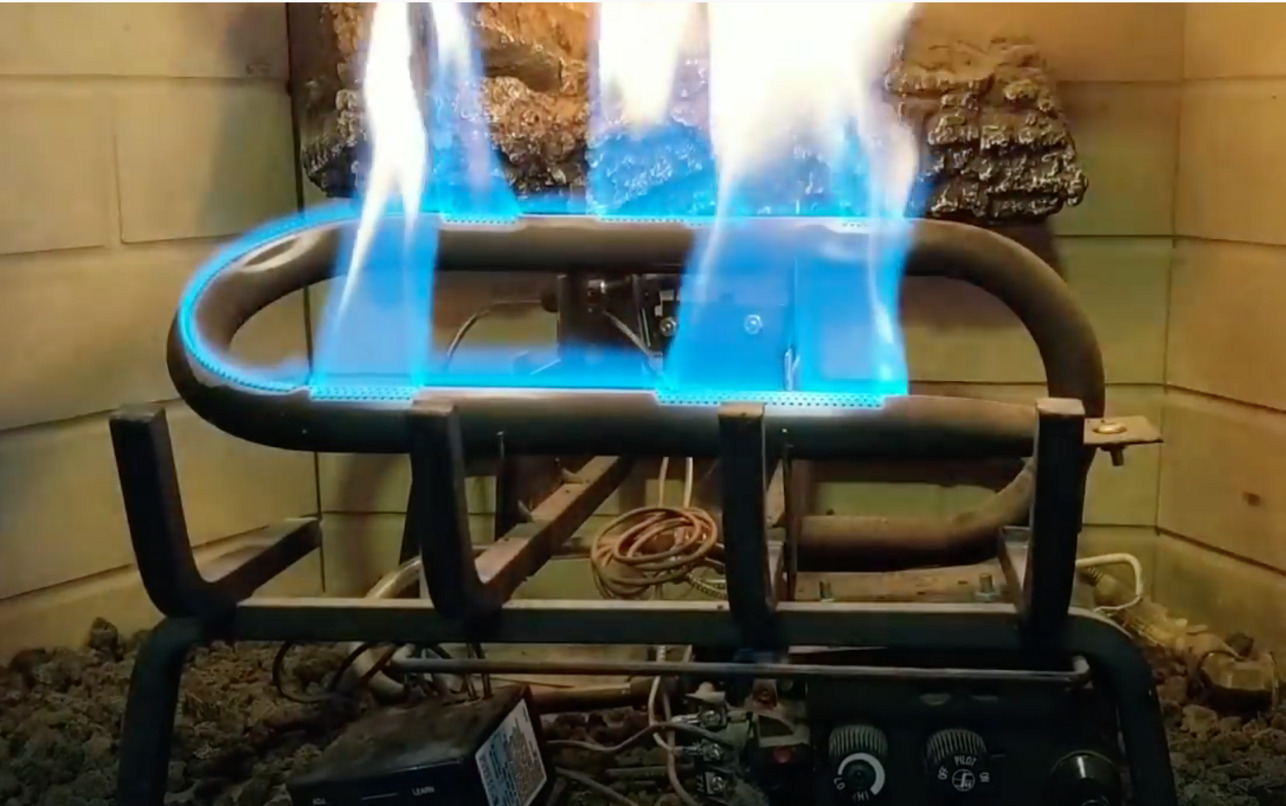
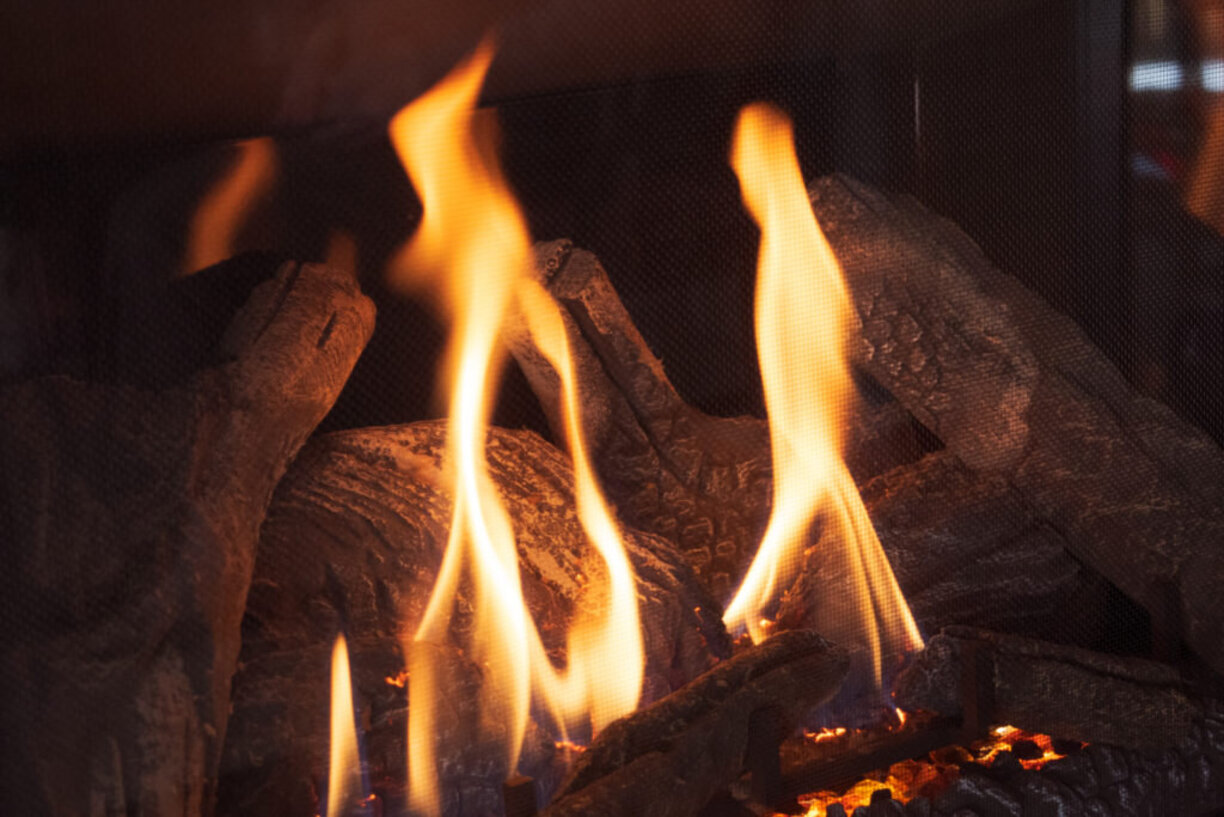
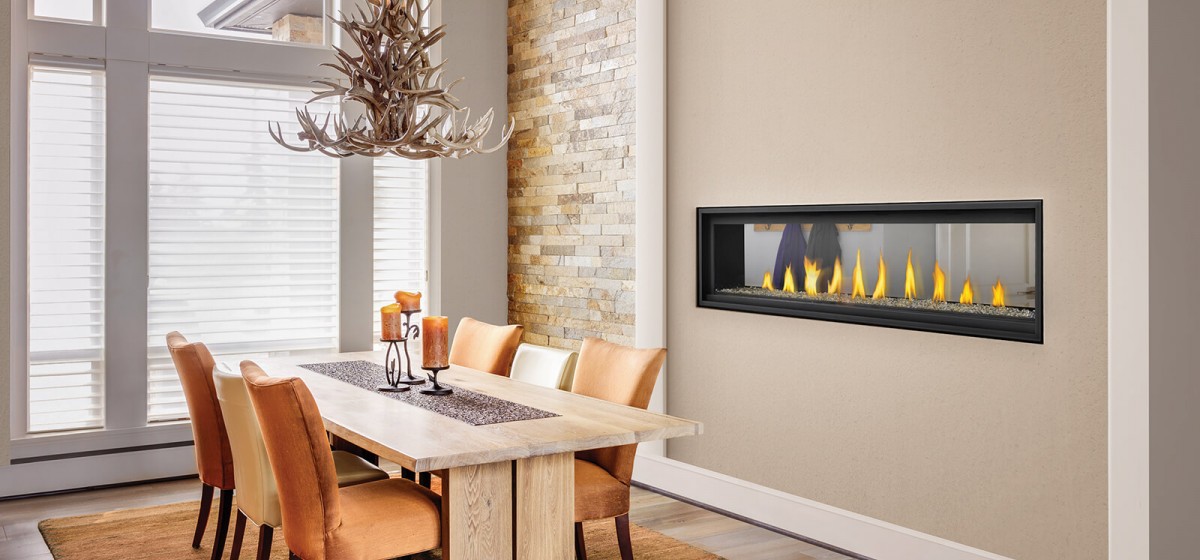
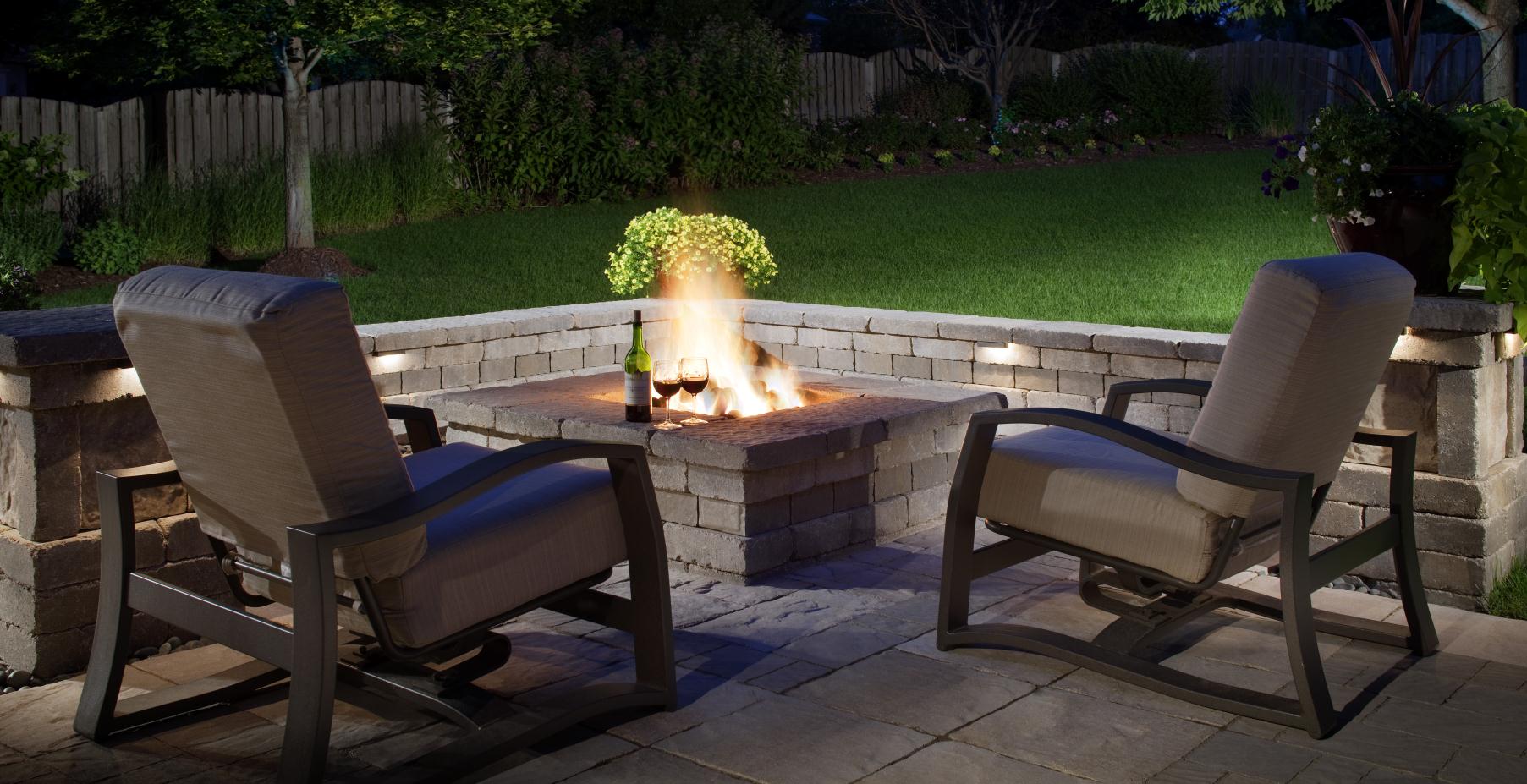
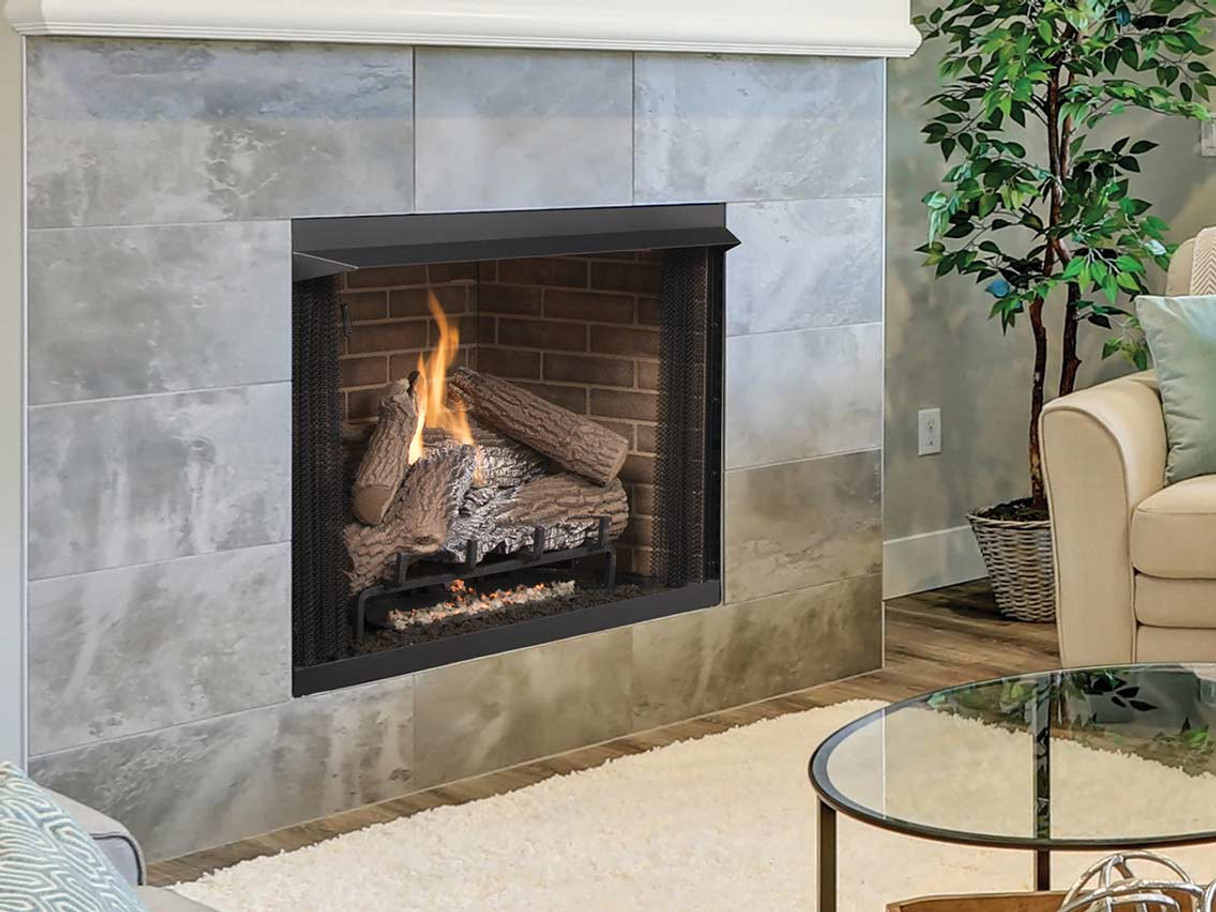
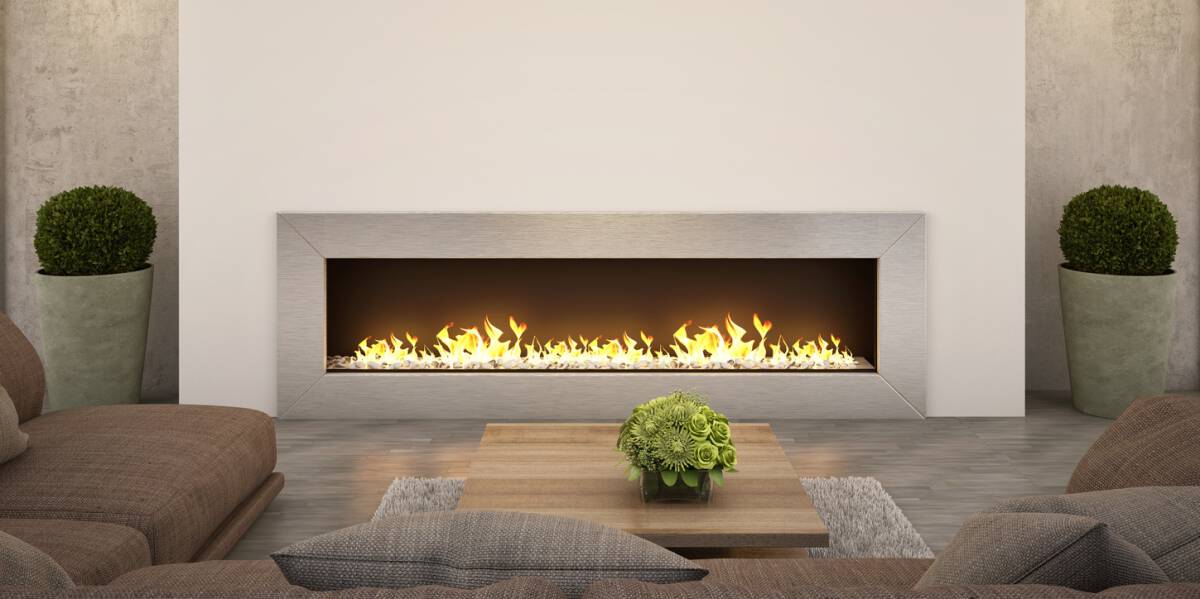
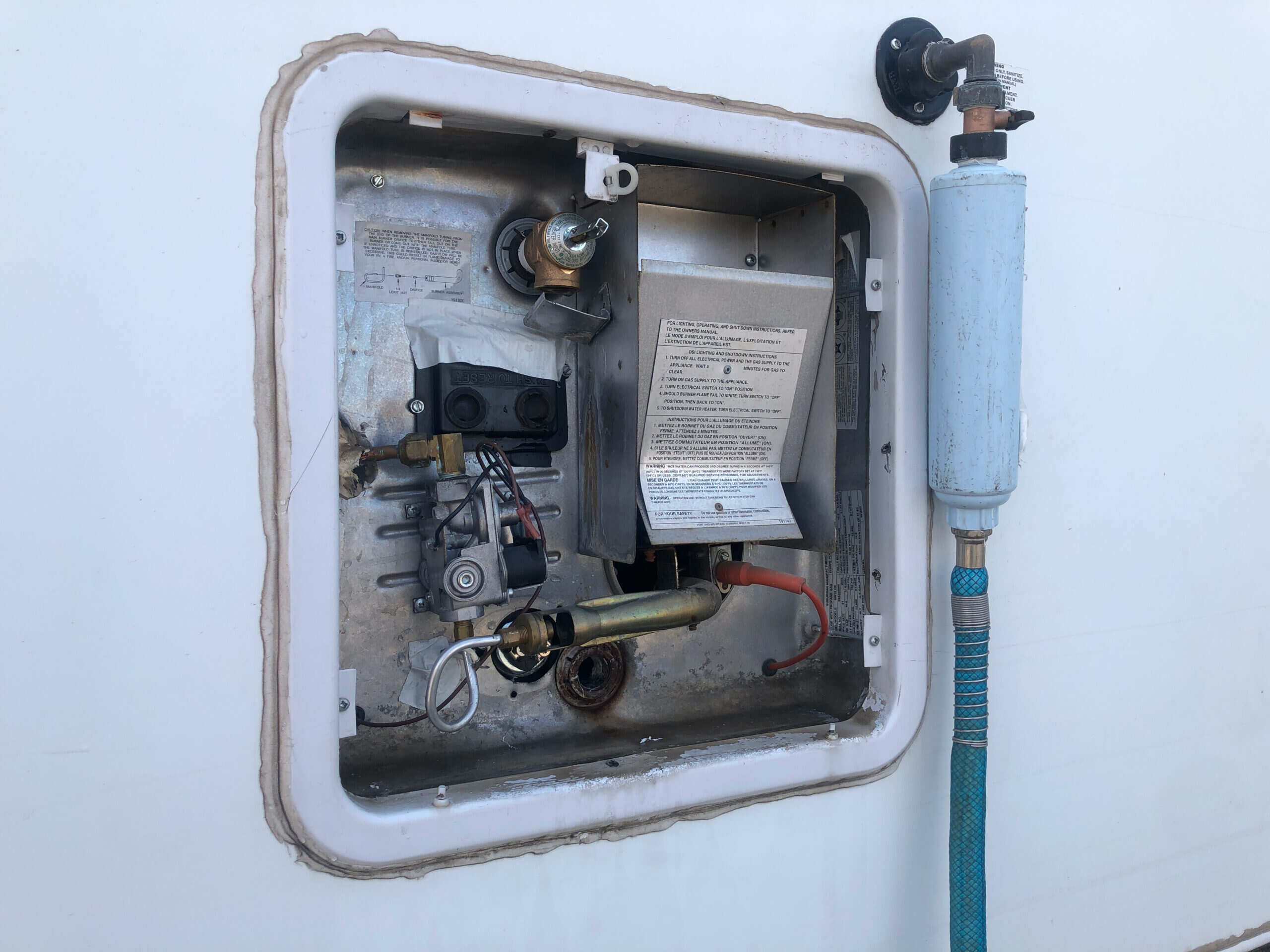
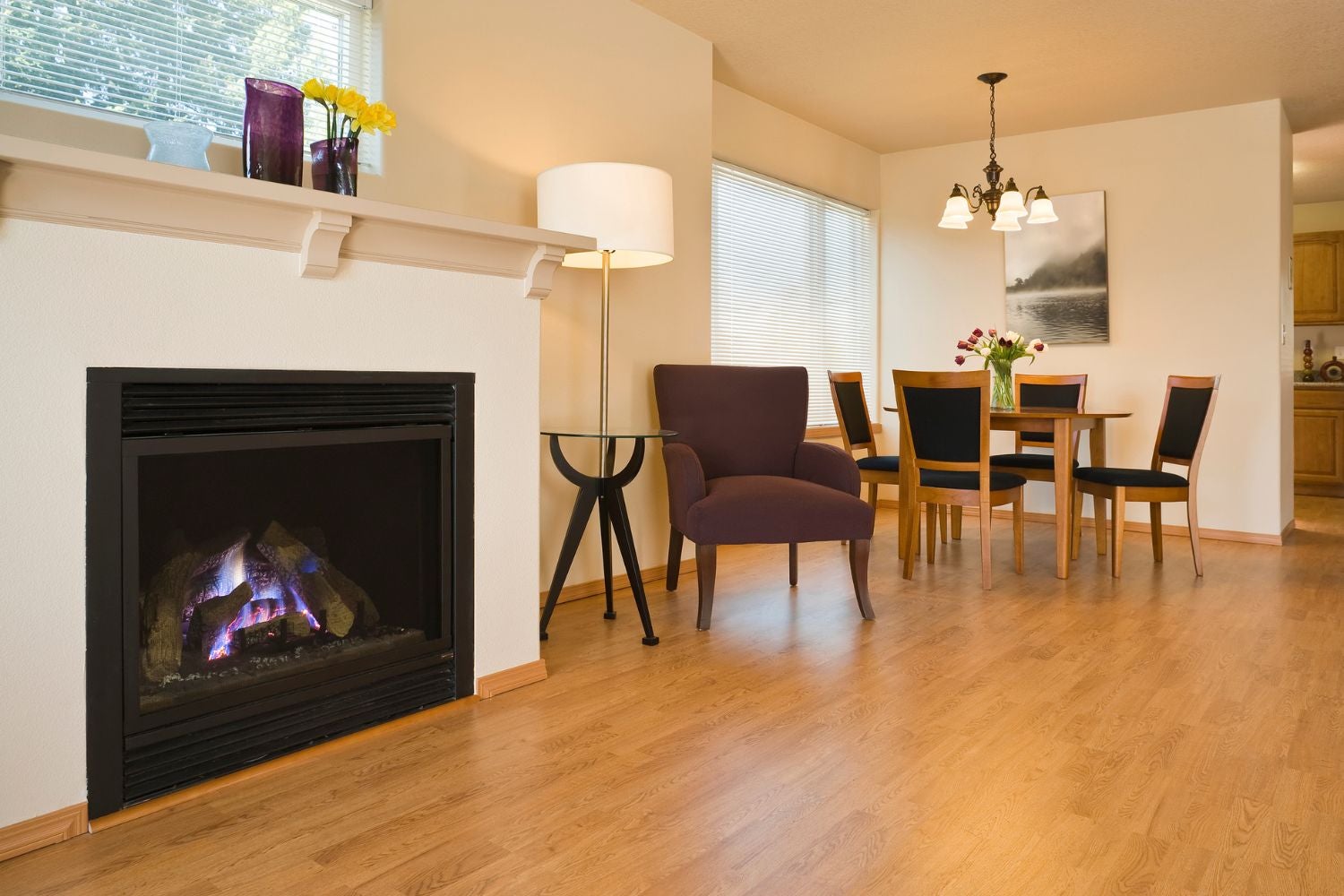
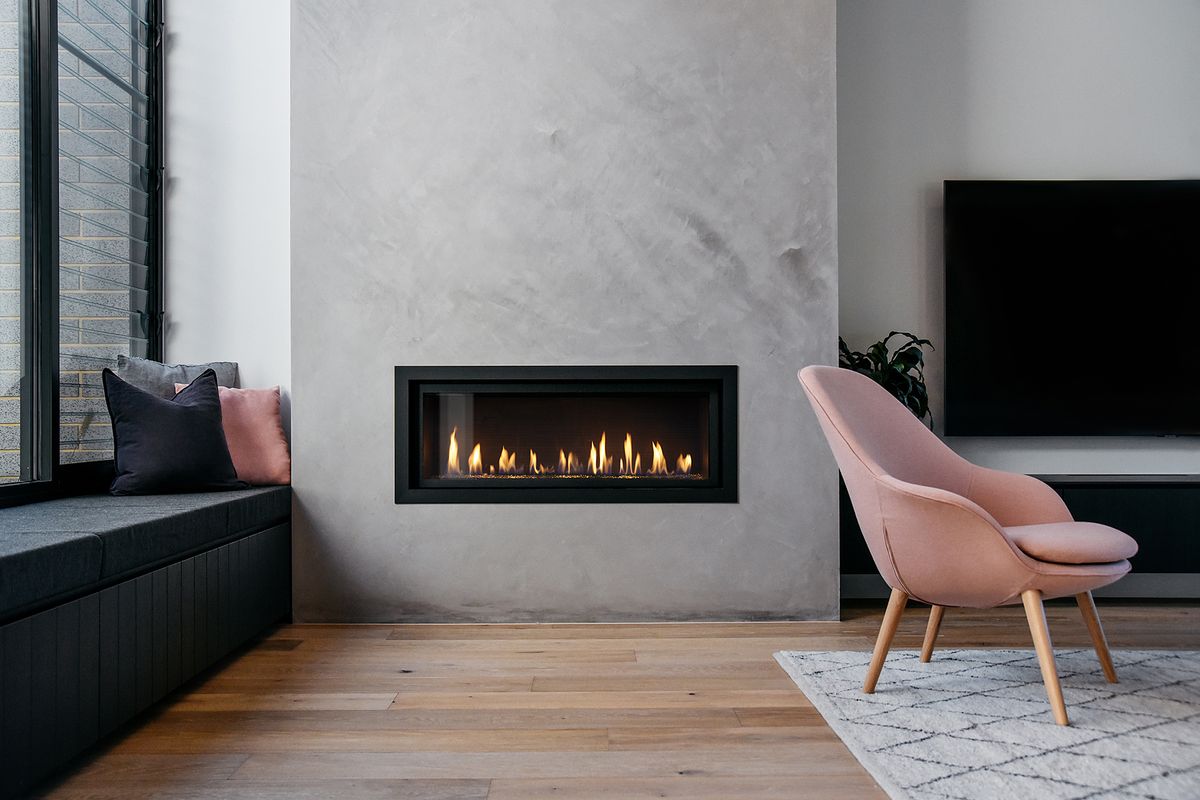
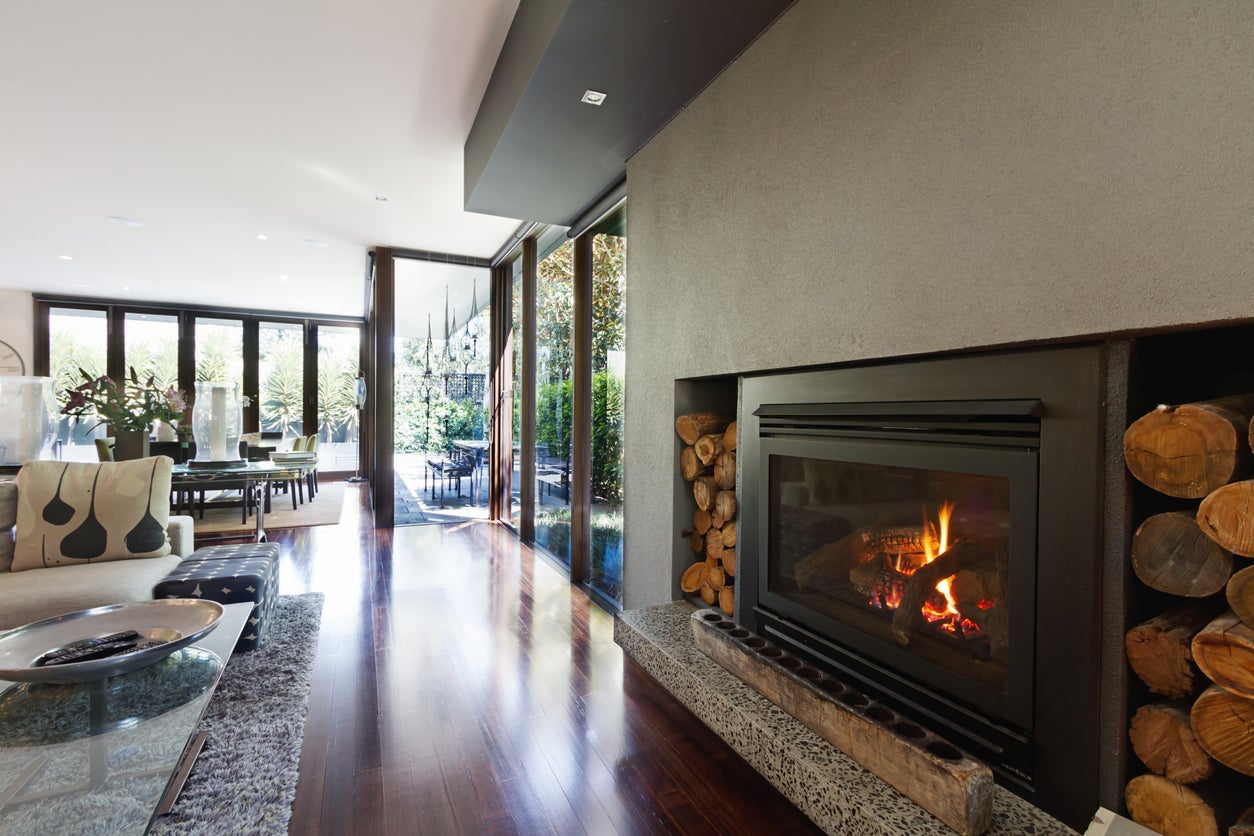
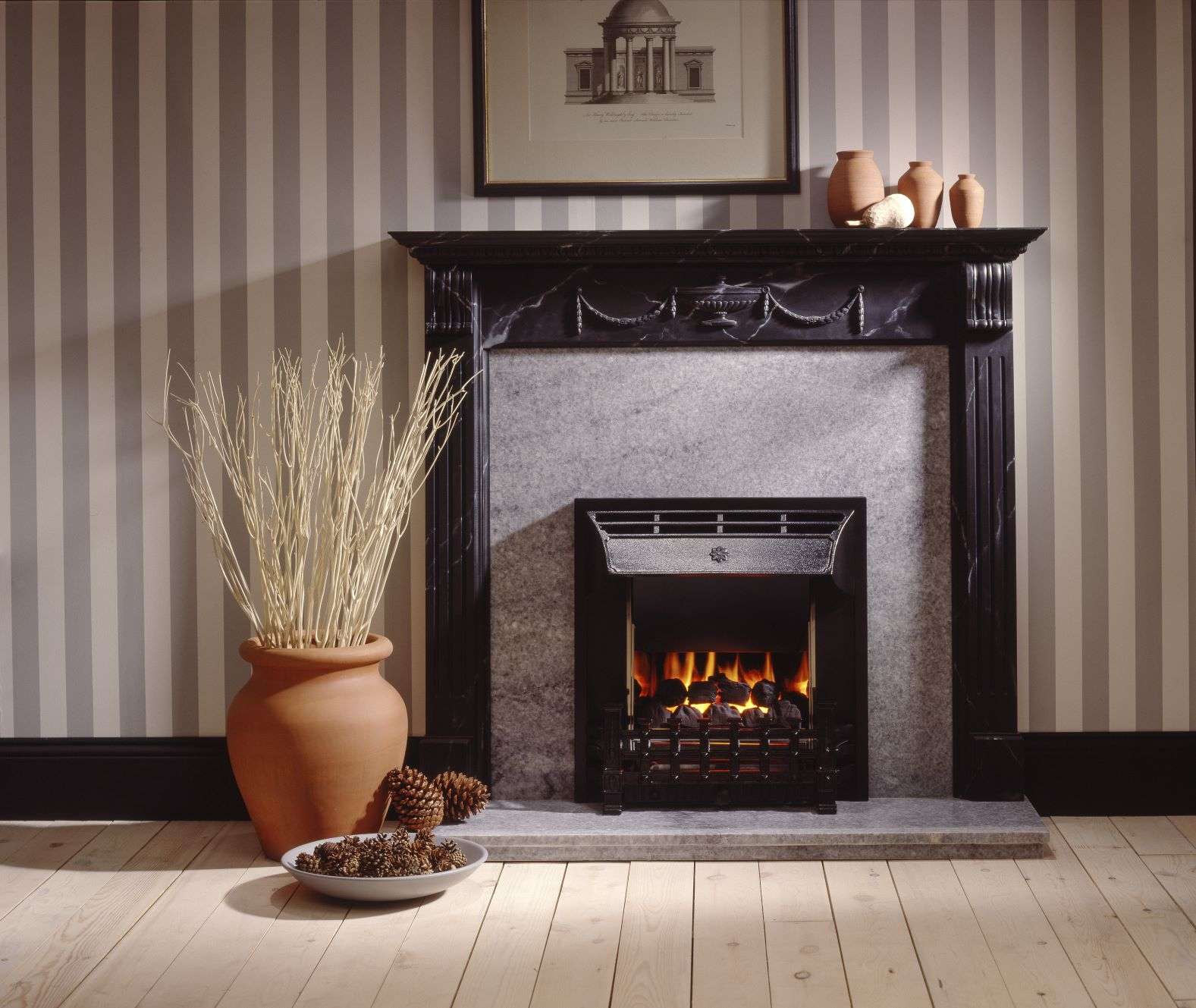
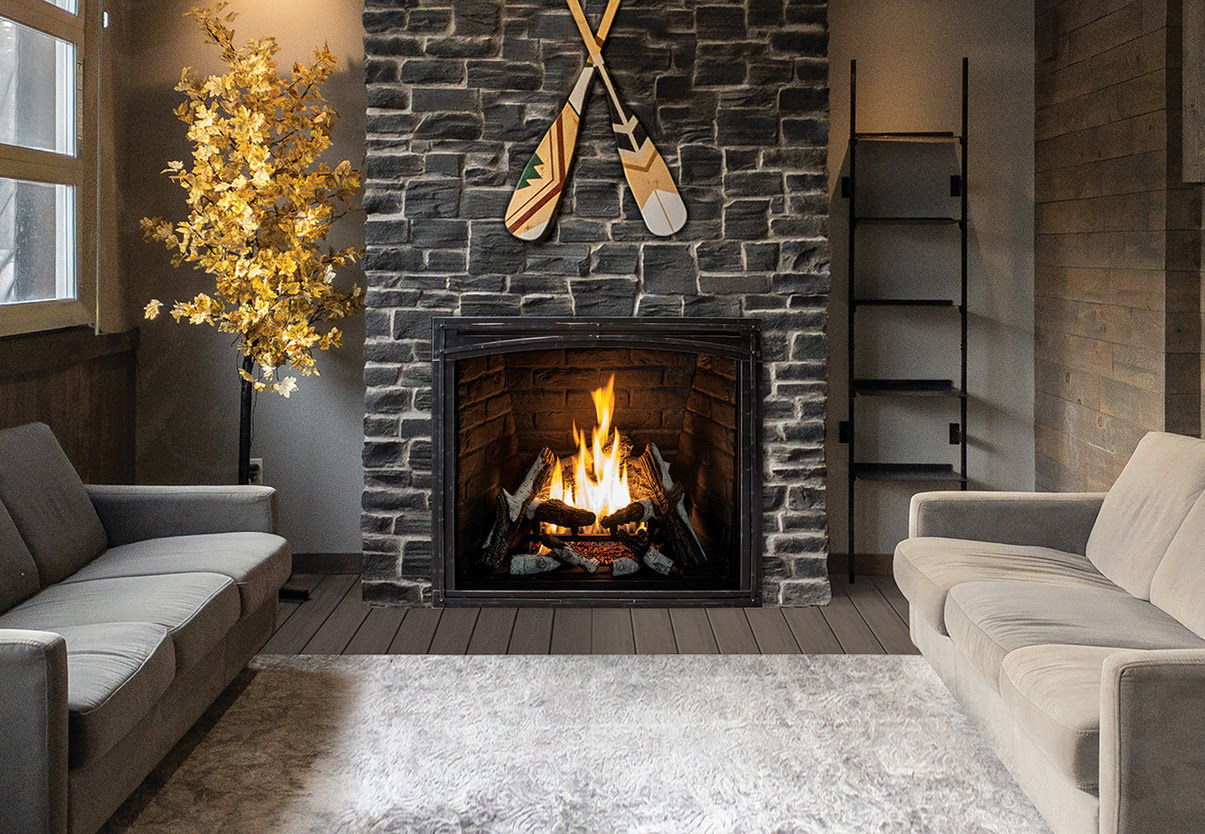
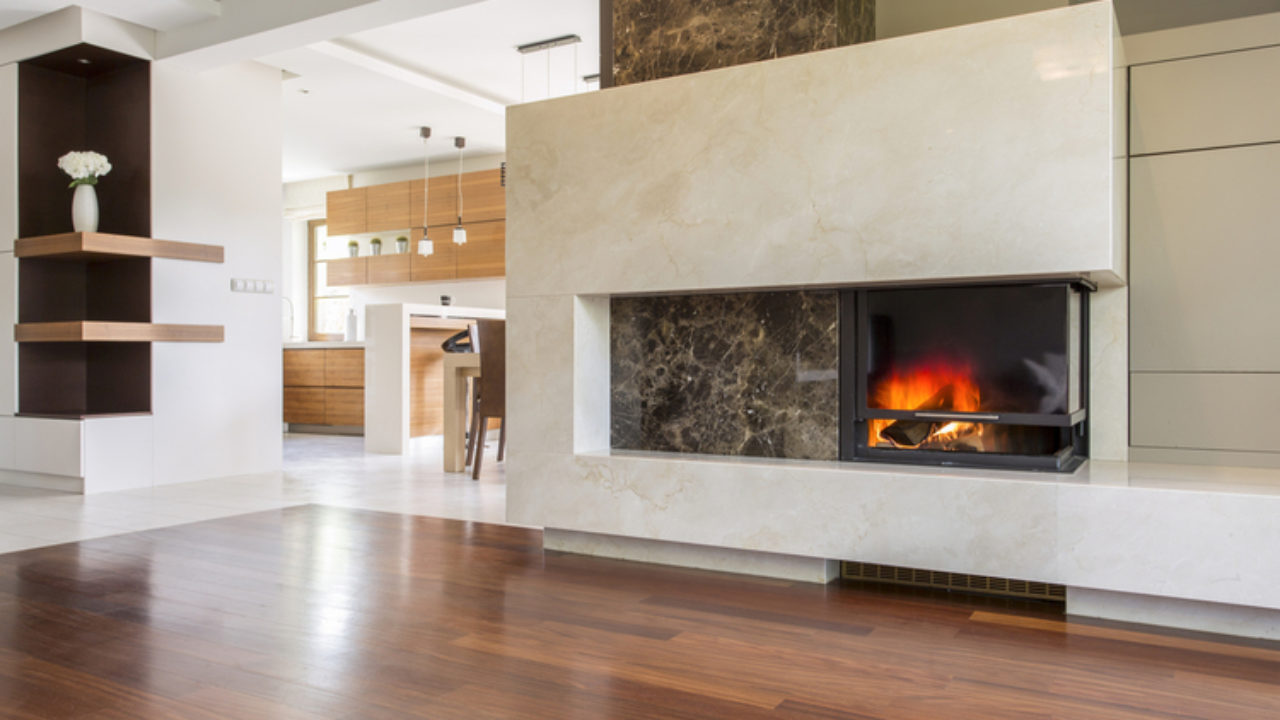

0 thoughts on “How To Light A Pilot On Gas Fireplace”